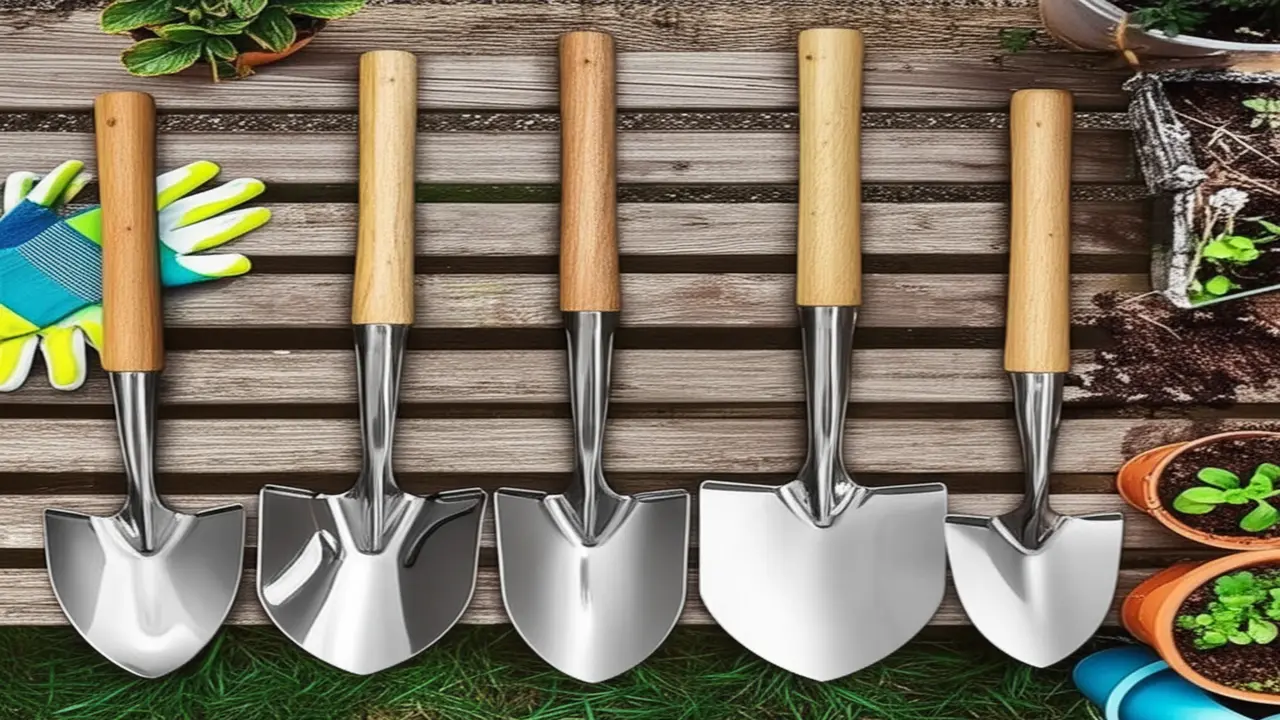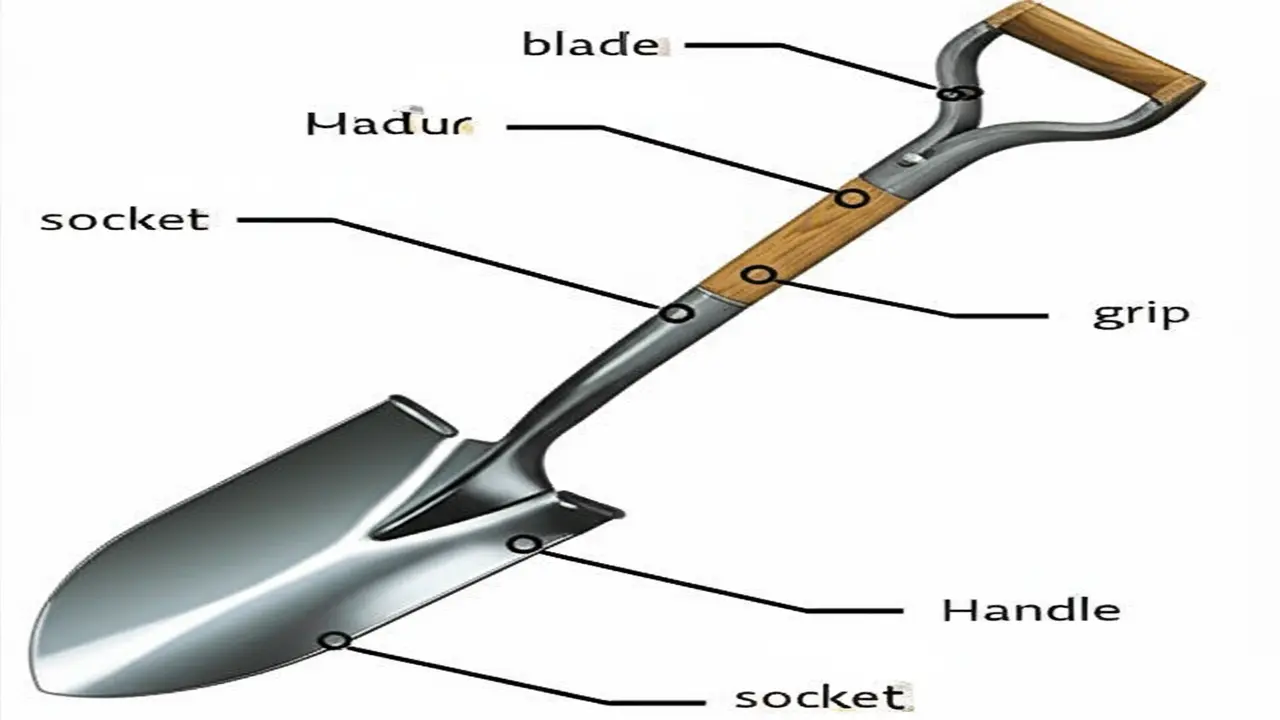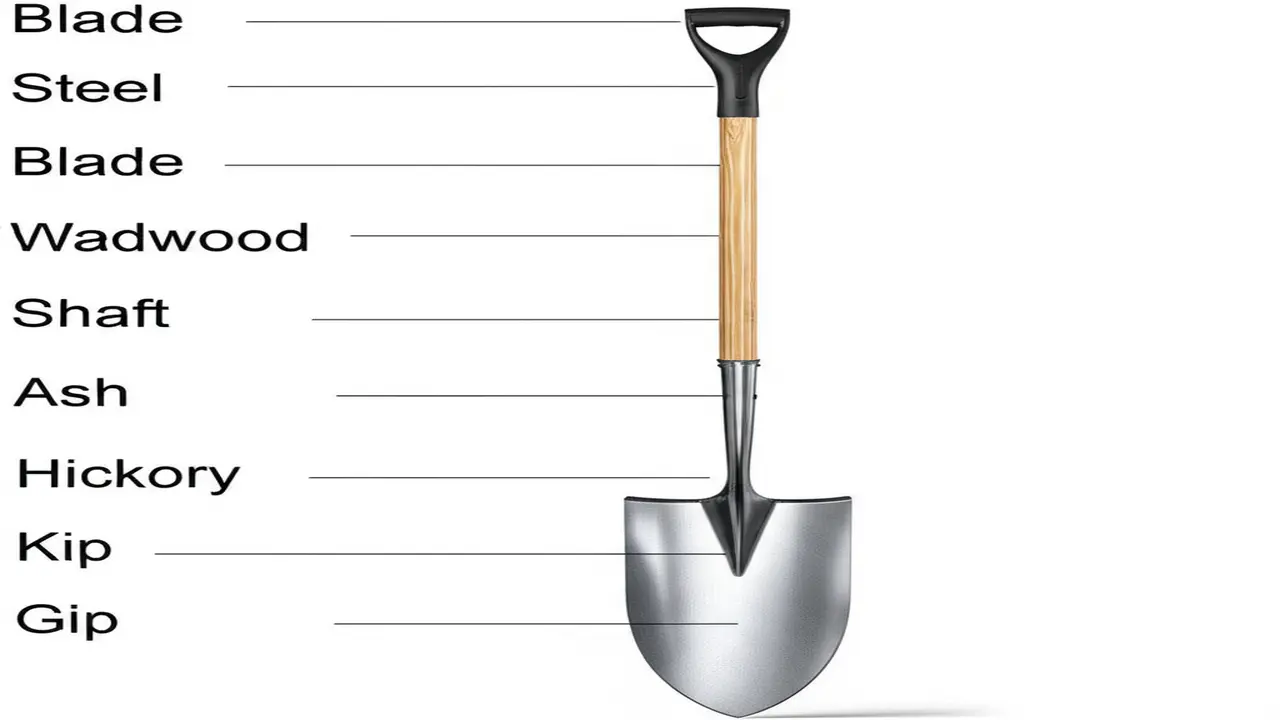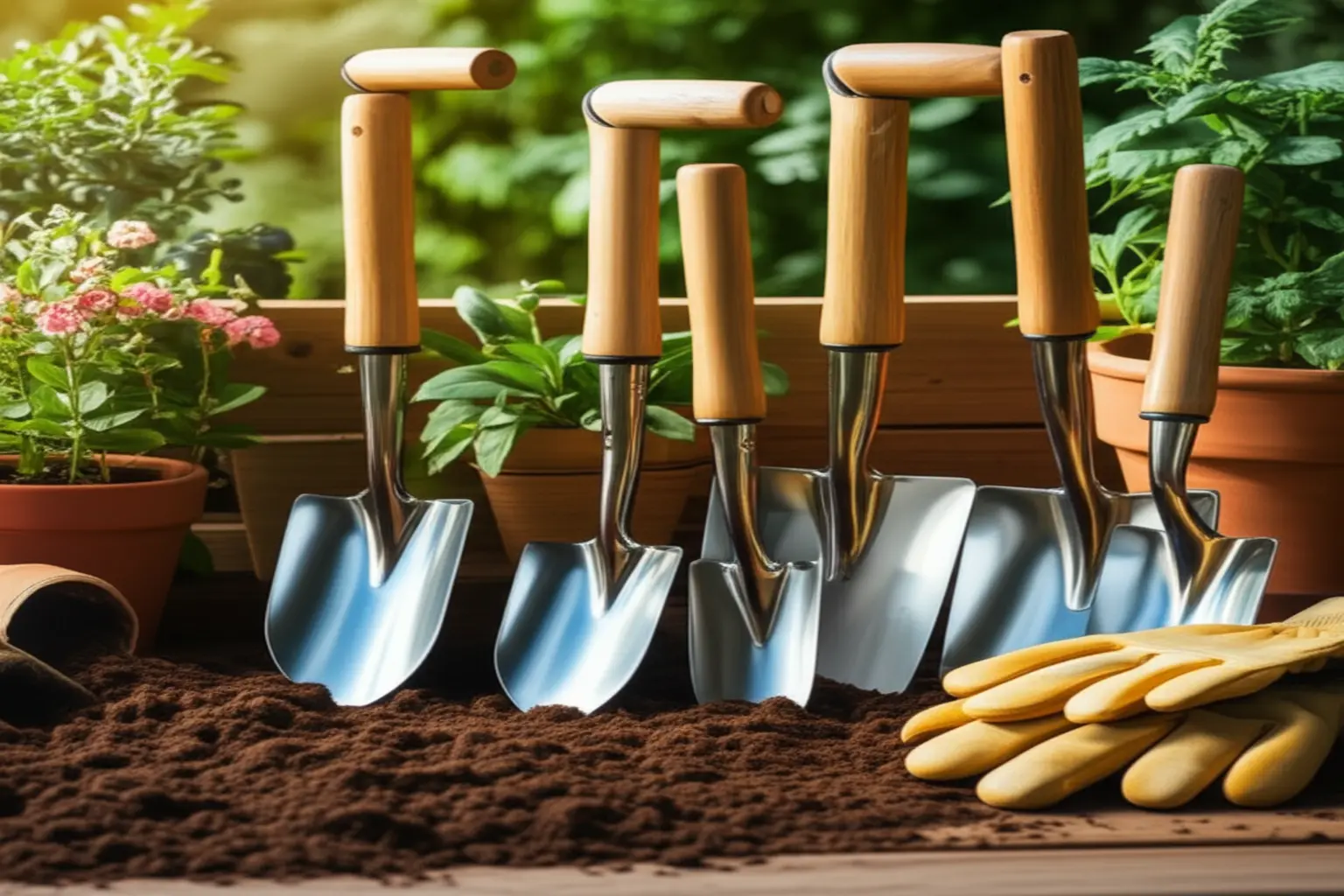 Thank you for reading this post, don't forget to subscribe!
Thank you for reading this post, don't forget to subscribe!
1. Different Types of Garden Spades
A garden spade is an essential tool for many gardening tasks, designed specifically for digging, edging, and soil turning. Understanding how to choose garden spade types suited to your needs ensures efficiency and comfort while working. Here are the main types to consider:
– Digging Spades: These feature a flat, sharp blade for penetrating hard soil, ideal for planting and soil preparation. Their sturdy construction supports tough digging work.
– Border Spades: Slightly smaller with a rounded blade, they excel in trimming garden borders and moving small amounts of earth.
– Trenching Spades: Characterized by their narrow blades, they are perfect for digging trenches for irrigation or planting bulbs precisely.
– Edging (Half-Moon) Spades: Designed with a curved blade to create clean, defined edges along flower beds or walkways.
Each spade type serves a distinct purpose. Selecting the right one depends on the garden layout and specific tasks you plan to tackle. For comprehensive product options and detailed usage tips, explore our guide on the best garden spades 2025. This helps ensure your choice aligns with both your gardening goals and physical comfort.

2. Anatomy of a Garden Spade: Understanding Its Parts
Understanding the anatomy of a garden spade is essential when deciding how to choose garden spade for your gardening tasks in 2025. A typical garden spade consists of several key components: the blade (or head), the tread (foot rest), the shaft (handle), and the grip. Each part plays a important role in performance, durability, and user comfort.
– Blade: The blade’s shape and size directly influence its digging efficiency. A narrower blade is ideal for precision work, while a wider blade suits heavy soil turning. Materials like stainless steel or carbon steel affect rust resistance and lifespan. The socket style, where the blade connects to the handle, also impacts stability.
– Tread: Located on top of the blade, the tread provides a spot for your foot, allowing better leverage when pushing the spade into the ground. A wide, sturdy tread helps reduce fatigue by distributing pressure evenly.
– Shaft: The length and material of the handle affect control and reach. Longer handles enable deeper digging with less bending, but shorter handles offer more maneuverability. Wooden shafts provide natural shock absorption, while fiberglass or metal options usually offer greater strength.
– Grip: Ergonomic grip designs enhance comfort during prolonged use. Comfortable grips reduce strain on hands and wrists, making heavy gardening easier and safer.
Considering these parts carefully when choosing your garden spade will ensure you get a tool tailored to your specific needs, balancing strength, comfort, and durability. For further guidance on quality selections, visit our comprehensive list of best garden spades 2025. This detailed understanding helps you make an informed decision, saving effort and improving garden results.

3. Blade, Shaft, and Grip Materials
4. How to Choose Handle Length for Your Height and Task
Choosing the right handle length for your garden spade is crucial for comfort, efficiency, and preventing strain during use. When deciding how to choose garden spade handle length, consider your height and the type of gardening tasks you usually perform. A handle that is too short forces you to stoop, causing back pain, while a handle too long reduces leverage control.
For optimal use, an ideal handle length generally ranges from 30 to 36 inches for adults. Taller gardeners might require handles closer to 36 inches, while shorter individuals may find 30 inches more manageable. For digging deep or heavy tasks, longer handles provide better leverage and reduce muscle fatigue. In contrast, shorter handles improve maneuverability and are suited for detailed tasks like edging or planting.
To test handle suitability, stand upright holding the spade vertically with the tip on the ground. The top of the handle should reach between your wrist and hip — this allows a natural grip without bending or overreaching. Personal preference also plays a role; some gardeners prefer handles with ergonomic design for comfort.
best garden spades 2025 often balance handle length with blade size and weight to match common gardening tasks effectively. Keep your gardening style in mind—whether you focus on heavy digging or delicate planting—to select the handle length that supports your posture and task efficiency.
5. Matching Your Spade to Soil and Task Requirements
6. Recognizing Quality: What to Look for Before Buying
7. Budgeting for Value and Longevity
When learning how to choose garden spade in 2025, understanding budgeting is critical to getting the best value and tool longevity. Garden spades come in a variety of price ranges reflecting material quality, craftsmanship, and durability. While a lower price might be tempting, investing more upfront often secures a spade built to withstand frequent use and harsh garden conditions without bending or rusting.
Evaluate garden spades not just by price but through quality factors like blade material (stainless or carbon steel), handle strength, and ergonomic design. For example, premium spades from reputable brands tend to show consistent build quality, seamless blade-to-handle joints, and corrosion resistance. These features extend the tool’s lifespan and ensure smoother performance.
Considering durability, some brands also offer warranties or easier replacement parts, which add value over time. Ideal budgeting balances your garden workload intensity with the spade’s capability, avoiding frequent replacements that ironically cost more in the long run.
For a practical comparison, explore our page on budget garden spades 2025 to find options highlighting cost-effectiveness without compromising durability. This approach helps garden enthusiasts make smarter purchasing decisions focused on sustained performance rather than one-time savings.

